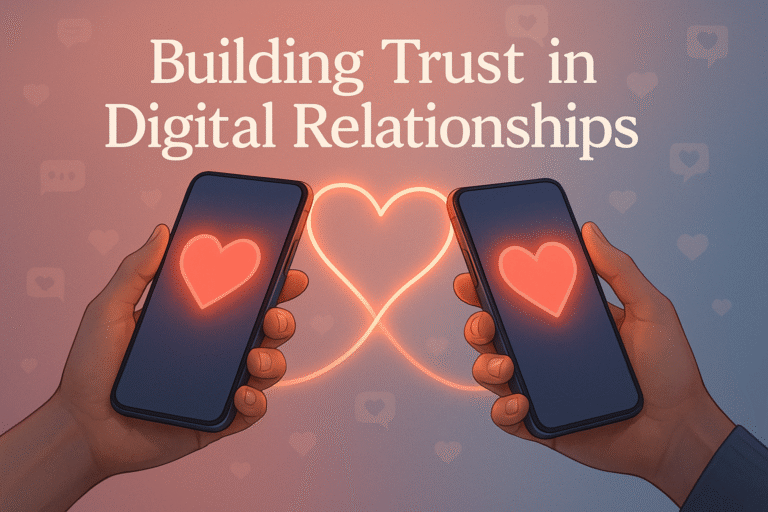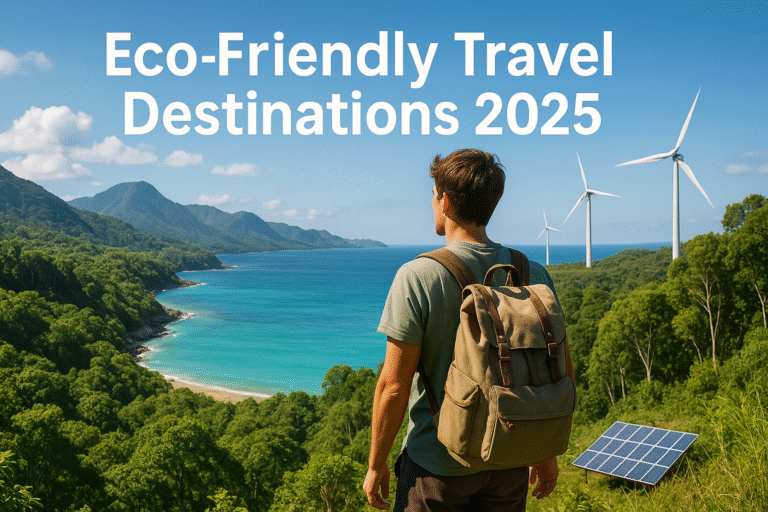
🎓 Introduction
Education is changing faster than ever.
In 2025, students no longer depend solely on classrooms, textbooks, or fixed schedules — they’re learning from anywhere in the world through online learning platforms.
The traditional education model — with chalkboards, lectures, and strict timetables — is being replaced by digital, flexible, and personalized learning.
But why exactly is this happening?
Let’s explore the reasons why online learning is set to replace traditional education in the near future.
🌍 1. Accessibility and Global Reach
Traditional education limits students to physical classrooms and local institutions.
Online learning, however, removes geographical barriers completely.
- Anyone with an internet connection can access high-quality education.
- Students from small towns can now learn from top universities worldwide.
- Working professionals can upskill without quitting their jobs.
💡 Example: A student in India can earn a certificate from Harvard or Google without ever leaving home.
💻 2. Flexibility and Self-Paced Learning
One of the biggest advantages of online learning is flexibility.
You can learn anytime, anywhere, and at your own pace.
- No rigid class schedules.
- Learn when you’re most productive — morning or night.
- Balance education with work, family, or travel.
📚 Pro Tip: Self-paced courses boost understanding since students can replay lectures and take notes as needed.
🤖 3. Technology Makes Learning More Engaging
In 2025, online learning platforms use AI, AR, and VR to make lessons more interactive than ever.
- AI tutors provide instant feedback.
- Virtual Reality classrooms simulate real-world experiences.
- Gamified lessons make studying fun and rewarding.
💡 Example: Instead of reading about a volcano, students can explore a 3D virtual eruption through VR!
💰 4. Cost-Effective Education
Let’s face it — traditional education is expensive.
Tuition fees, travel, books, uniforms — they all add up.
Online learning drastically reduces costs by cutting unnecessary expenses.
- Free or affordable courses (MOOCs like Coursera, Udemy, edX).
- No commuting or accommodation costs.
- Digital materials replace expensive textbooks.
💵 Result: Education becomes accessible to everyone, regardless of income.
🌐 5. Personalized Learning Experience
Traditional classrooms use a “one-size-fits-all” approach.
Online learning is personalized using artificial intelligence that adapts to each learner’s speed and style.
- AI tracks performance and suggests improvements.
- Interactive quizzes and analytics show learning progress.
- Students can focus on their weak areas instead of following a fixed syllabus.
🎯 Pro Tip: Adaptive learning platforms like Coursera and Khan Academy personalize lessons for every student.
🧠 6. Lifelong Learning Is the New Normal
In 2025, education doesn’t end with graduation.
Online learning promotes lifelong learning, where professionals continuously update their skills.
- New technologies emerge every year — online courses help people stay updated.
- Short micro-courses make learning manageable and quick.
- Companies now prefer candidates who learn continuously.
📈 Fact: 70% of professionals in 2025 enroll in at least one online course per year to stay competitive.
🧑🏫 7. Equal Opportunities for All
Traditional education often favors those with money or access to good schools.
Online learning brings equality by providing the same content to everyone.
- No bias of location, gender, or background.
- Students from rural or underprivileged areas can access the same resources as city students.
- Scholarships and free access programs promote inclusion.
💬 Quote: “Online education doesn’t care where you’re from — it only cares how much you want to learn.”
🔄 8. Constantly Updated Content
Traditional courses often become outdated quickly.
Online platforms, on the other hand, update lessons regularly to stay relevant.
- New modules can be added instantly.
- Industry experts create and refresh content.
- Real-world projects replace outdated textbooks.
⚙️ Example: AI and Data Science courses are updated every few months to match new technologies.
🏫 9. Decline of Traditional Institutions
Many universities and colleges are now shifting online because physical infrastructure costs are high and digital demand is growing.
Hybrid and fully online degrees are now accepted by employers worldwide.
Even Ivy League universities offer online programs.
💡 Prediction: By 2030, more than 60% of global higher education will be delivered online.
🚀 10. The Future: Hybrid and AI-Powered Learning
The future isn’t just “online” — it’s smart learning.
AI-driven systems, immersive experiences, and community-driven platforms will dominate education.
- AI mentors will guide students individually.
- VR classrooms will create real-world practice environments.
- Blockchain will secure certifications and student records.
🎓 In short: Education in 2025 is not confined to classrooms — it lives in the cloud.
💬 Conclusion
The shift toward online learning isn’t just a trend — it’s a revolution.
Traditional education served us well for centuries, but technology has made it possible to learn faster, cheaper, and smarter than ever before.
“In the future, the classroom will be everywhere — and the teacher will be anyone who can share knowledge.”
Online learning isn’t replacing education — it’s redefining it.
And for students and teachers alike, that’s a future worth embracing. 🌍💡



